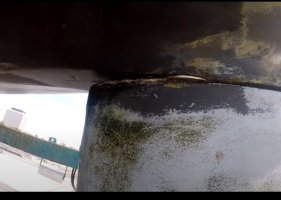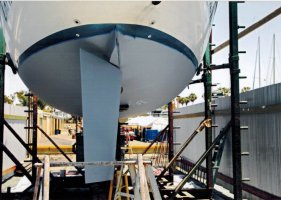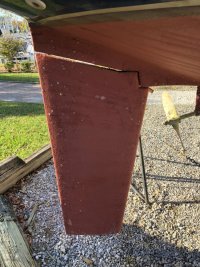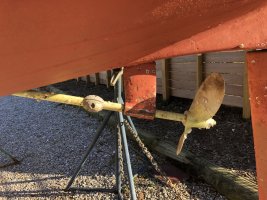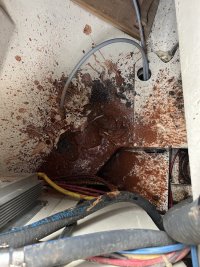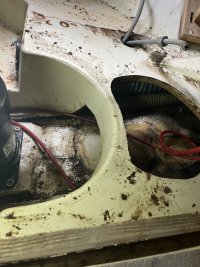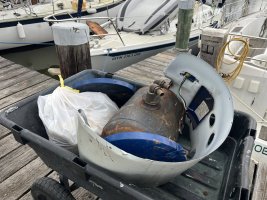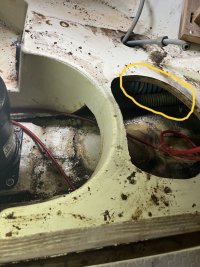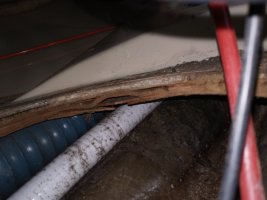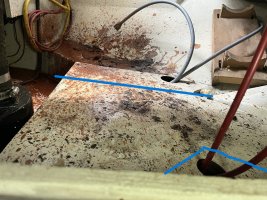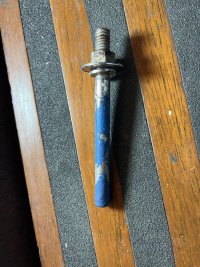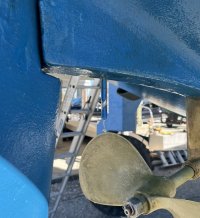I have decided that I will have to pull the boat out to fix this problem. Probably, as Peaman suggested, I will remove the thing and do a thorough job filling the hole. In preparation for hauling out, I decided to remove the Ratitan R-6 water heater, and it’s support platform, to give enough access to that area inside the boat.
It was a heck of a process, and was only possible by using tinsnips to cut away the thin metal shell from the unit and to remove the top and bottom pans. The base of the cast-iron heating unit was 12 inches in diameter, but, as we know, the cockpit locker needs to be widened a little in order to get that thing out. There was an awful lot of rusty water inside the unit, making the area look like something from a horror film after it was out.
today, I’m going to clean up the area where the leak is to make absolutely certain that it is the only contributor to my bilge water accumulation.


